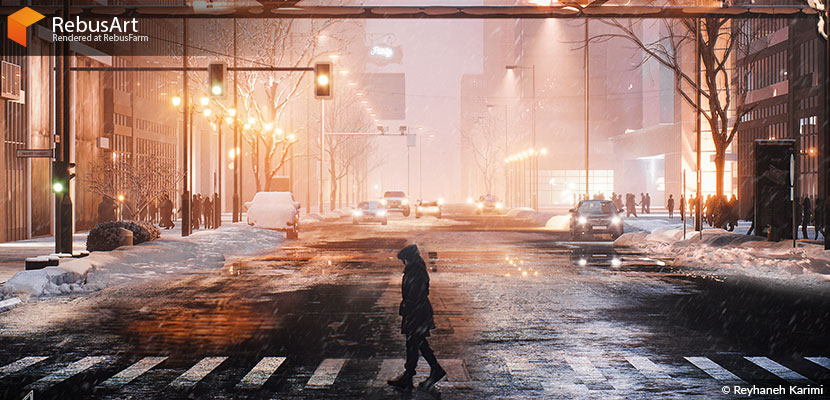
Meet Reyhaneh Karimi, an accomplished Architect and 3D Artist known for her innovative designs and attention to detail. Her journey into 3D artistry began during her architecture studies in Iran, where she discovered a passion for transforming abstract concepts into immersive visual experiences. Reyhaneh's expertise spans various projects, from residential and commercial buildings to intricate 3D visualizations that blend modern design with sustainability. Join us as Reyhaneh shares insights into her creative process and highlights from her notable "Snow Street" project.
Hi Reyhaneh! First, we warmly welcome you as you join our Rebus Family. We’re excited to have you on board! Could you please introduce yourself and share your journey as a 3D artist? What motivated you to choose this creative and dynamic career path?
Hello Rebus Family, it's an honor to be part of this talented and innovative community!
My name is Reyhaneh Karimi, and I was born and raised in the vibrant country of Iran. I hold a degree in architecture, which laid the foundation for my career in 3D artistry. For the past decade, I have been dedicated to working as an architectural visualizer, a role that combines my passion for design and technology.
My journey into the world of 3D art began during my architecture studies. I was captivated by the ability to transform abstract concepts into tangible, immersive visual experiences. This fascination with bringing ideas to life inspired me to delve deeper into 3D visualization.
What truly excites me about this profession is its power to communicate and visualize unbuilt spaces in a way that words or 2D drawings simply cannot. Seeing clients and stakeholders engage with and react to these lifelike renderings is incredibly rewarding. Each project is an opportunity to create something unique and impactful, allowing others to experience and interact with architectural designs long before they are realized.
I look forward to contributing to the Rebus Family and collaborating with all of you to push the boundaries of what we can achieve through 3D artistry.
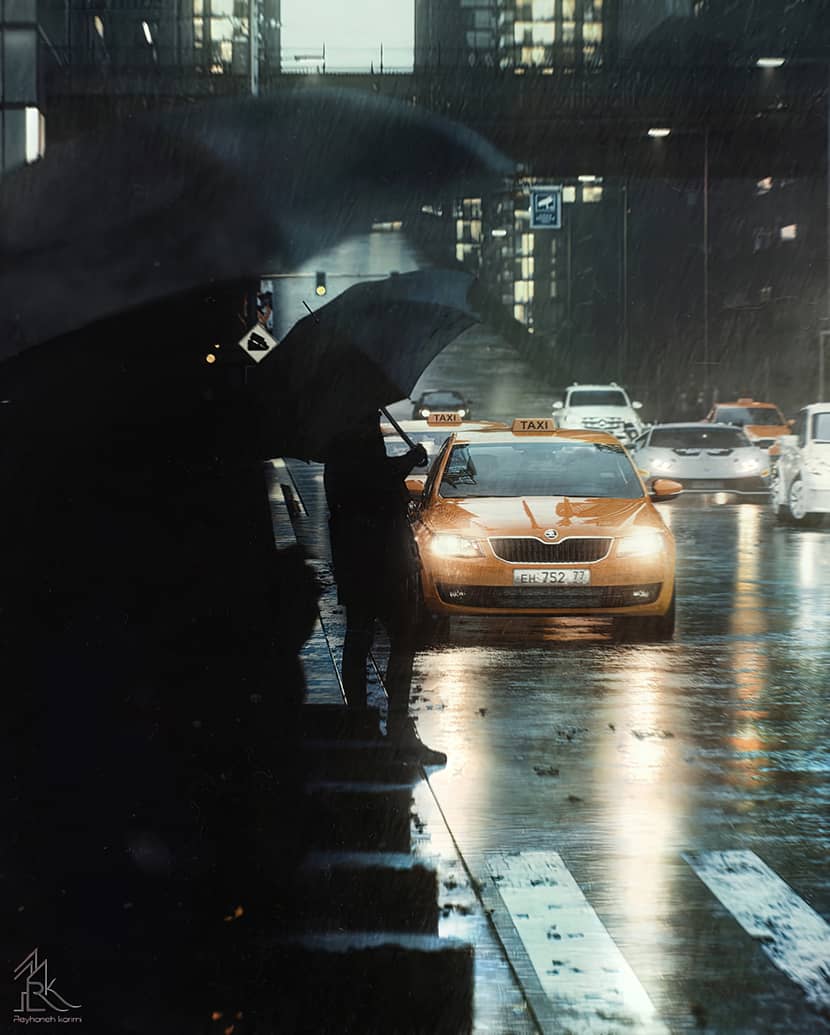
The Artist Behind the Scenes.
Could you describe your typical creative process when starting a new project, from ideation to completion? Please include any sources of inspiration, specific tools, and techniques you use throughout your workflow.
My creative process always begins with seeking inspiration from visual media, such as pictures, movies, or series. These sources spark initial ideas and help me conceptualize the overall aesthetic and atmosphere I want to achieve. Once I have a theme in mind, I conduct extensive research to find related photos and references, allowing me to understand the space I aim to create comprehensively.
Next, I transition to 3ds Max, where I translate my mental vision into a tangible form. This involves creating and modeling objects to populate the scene. During this stage, I pay close attention to the details and proportions to ensure that everything aligns with my initial concept.
After modeling, I focus on the camera setup. I believe that camera angles and perspectives are crucial as they significantly impact how the scene is perceived. A well-thought-out camera setup can enhance the composition and draw the viewer’s attention to key elements within the space.
Lighting is the next pivotal step. I experiment with various lighting setups to achieve the desired spatial atmosphere. Lighting is crucial in setting the mood and bringing the scene to life, so I dedicate substantial time to this aspect.
Once the basic structure and lighting are in place, I create materials. This involves developing textures and shaders to add realism and depth to the objects. From this point onward, the development of light and materials progresses in tandem as they influence each other significantly.
Lighting adjustments may necessitate tweaks to materials and vice versa, creating an iterative process that continues until I achieve the desired outcome.
Throughout the entire workflow, I maintain a flexible approach, allowing for revisions and improvements at any stage. This iterative process ensures that the final project not only meets but exceeds the initial vision I had at the beginning.
What tools and software do you find indispensable in your workflow as a 3D artist, and are there any lesser-known ones you'd recommend exploring to enhance your creative process and productivity?
As a 3D artist, I find several tools and software indispensable in my workflow. Primarily, I rely on 3ds Max for modeling and animation, V-Ray for rendering, and Photoshop for post-processing and texture creation. Each tool has proven robust and versatile, catering to various project needs.
3ds Max is my go-to 3D modeling software. Its extensive feature set and powerful tools allow for creating detailed and complex models. The scripting capabilities and plugins available for 3ds Max significantly enhance its functionality.
V-Ray is great in its ability to produce photorealistic images. Its comprehensive features, including advanced lighting, shading, and material options, allow for fine-tuning every render aspect to achieve the desired look.
Photoshop for Post-processing is also crucial for any 3D artist and is essential for tasks such as texture creation, compositing, and final image adjustments. Its vast array of tools and adjustment layers provide unparalleled flexibility and control.
Additionally, I occasionally use Quixel Mixer for creating high-quality materials. It's a fantastic tool for texture artists, offering a user-friendly interface and a vast library of textures and materials that can be easily customized and integrated into your workflow.
Concerning some lesser-known tools worth exploring, I would say the following ones:
- Substance Painter Designer: These are excellent for creating complex, high-quality textures. Substance Painter is intuitive for painting textures directly onto 3D models, while Substance Designer allows for creating procedural materials and textures.
- Blender: While not exactly lesser-known, Blender is an open-source alternative that offers a robust set of tools for modeling, sculpting, and animation. Its active community and continuous updates make it a powerful addition to any artist's toolkit.
- Marvelous Designer: If your projects involve detailed clothing or fabric simulations, Marvelous Designer is invaluable. It allows you to easily create and simulate realistic garments and fabrics, integrating seamlessly with other 3D software.
- Krita: This free, open-source painting program is excellent for digital and 2D art. It's particularly useful for concept art and texture painting
Incorporating these lesser-known tools into your workflow can significantly enhance your creative capabilities and streamline your processes. Each software brings unique strengths that can complement the primary tools you already use, offering new ways to approach your projects and achieve stunning results.
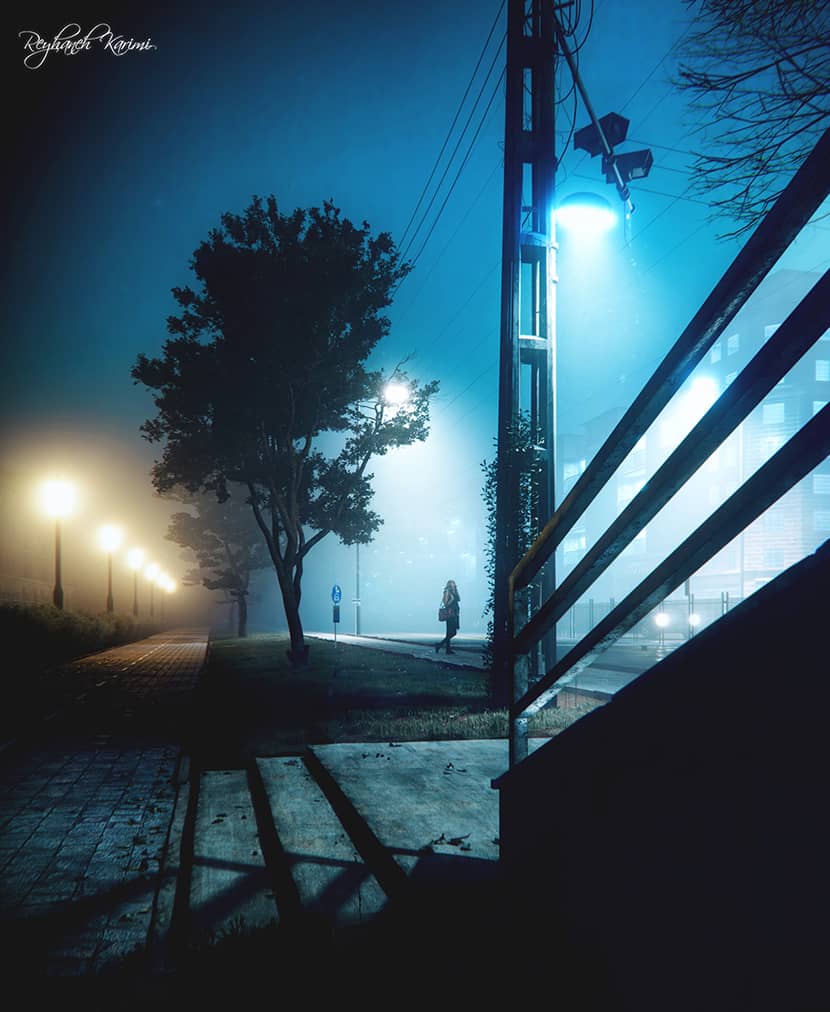
Project Spotlight.
Let's delve into "Snow Street". What was the inspiration behind this project, and what were the main challenges you encountered during its development?
The inspiration for "Snow Street" stemmed from a desire to merge the serene beauty of a snowy landscape with the dynamic narrative elements of a movie. I aimed to capture the ethereal feeling of being alive on a snowy night, enveloped by the quiet and the gentle fall of snowflakes. This project blended visual storytelling and atmospheric immersion, aiming to evoke emotions through the interplay of light, shadow, and texture.
One of the primary challenges I faced was effectively rendering the dust in the air. This was crucial for adding depth and realism to the scene, as the tiny particles catch and scatter light to enhance the atmospheric effect. Achieving this required meticulous attention to particle dynamics and lighting techniques.
Managing the lighting and reflections was another significant hurdle. Snow has unique reflective properties, and accurately simulating how light interacts with the snow-covered surfaces was essential. This involved a lot of experimentation with different lighting setups to ensure that the scene felt authentic and magical. Balancing the brightness of the snow with the ambient light of the street while avoiding overexposure was particularly challenging. However, overcoming these obstacles was immensely rewarding, allowing me to create a scene that truly conveys a snowy night's quiet beauty and stillness.
What software, renderer, and plugins did you use for this project?
I utilized a combination of 3ds Max, V-Ray Render, Adobe Photoshop, and several specialized plugins, including ItooSoftware's Forest Pack and RailClone and the Polysnow plugin.
Are there any other technical details you want to share about this project?
The edits done in Photoshop were limited to adjustments in light, color, and snowfall. The entire scene was created in 3ds Max.
Were there any unique techniques or approaches you employed in this project that you haven't used before? If so, could you elaborate on them?
Creating a snow scene in Max was a completely new experience for me. I tried many methods until I finally used the PolySnow plugin to create snow on the side of the street and on the cars. I also created fog to give the scene the feeling of snow dust.
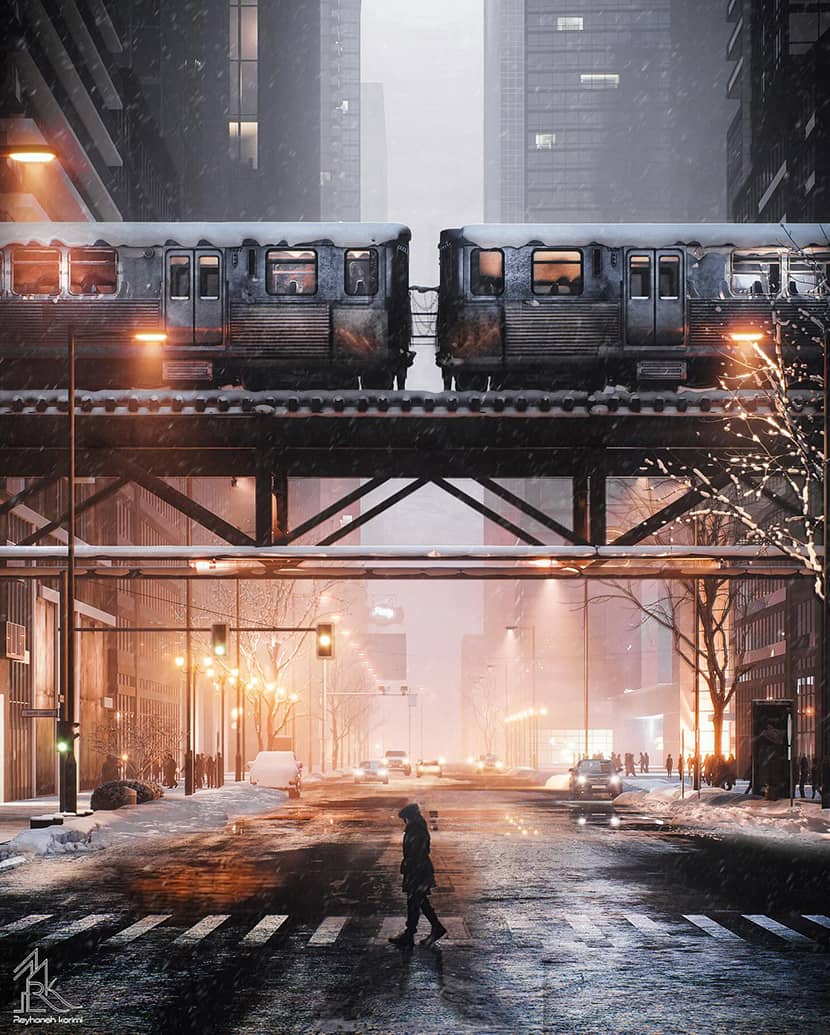
Closing.
Looking back at your journey as a 3D artist, what do you consider your most significant milestone or achievement thus far, and why?
Participating in a contest within a Telegram group stands out as my most significant milestone as a 3D artist. This experience allowed me to leverage my knowledge of rendering in a competitive environment, pushing me to produce high-quality work. The contest's competitive nature inspired me to dedicate countless hours to perfecting my skills and techniques.
The feedback and encouragement I received from fellow participants and group members were incredibly motivating. Their positive responses and constructive critiques helped me see my work from different perspectives, driving me to improve further and refine my craft. This contest boosted my confidence and expanded my network within the 3D art community.
Participating in a contest marked a pivotal moment in my career. It demonstrated to myself and others that I could create exceptional work under pressure, and it solidified my commitment to continuous learning and improvement in 3D art.
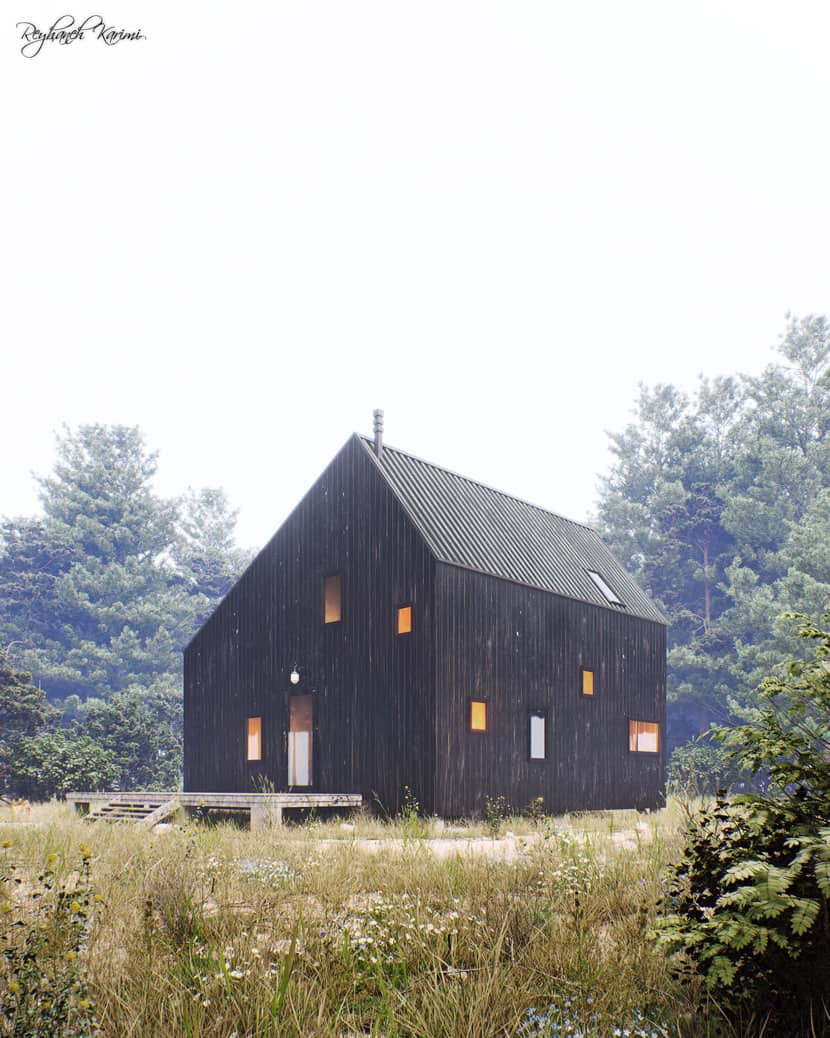
What advice would you give to aspiring 3D artists who are just starting their careers or looking to take their skills to the next level? What strategies, practices, and resources can they use to improve their craft and succeed in the competitive field of 3D art?
Dedication and consistent practice are essential for aspiring 3D artists looking to start or elevate their careers. Stay patient and persistent, even when facing challenges. Regularly analyze your work and compare it with professionals to identify areas for improvement. Observing real-life details and using reference images will enhance the realism of your work.
Learn from others by studying their techniques and joining online communities for feedback. Invest in educational resources like tutorials and courses to deepen your knowledge. Master your software tools and stay updated on new features to improve your workflow. Networking with fellow artists and building a strong, diverse portfolio will also open opportunities and effectively showcase your skills.
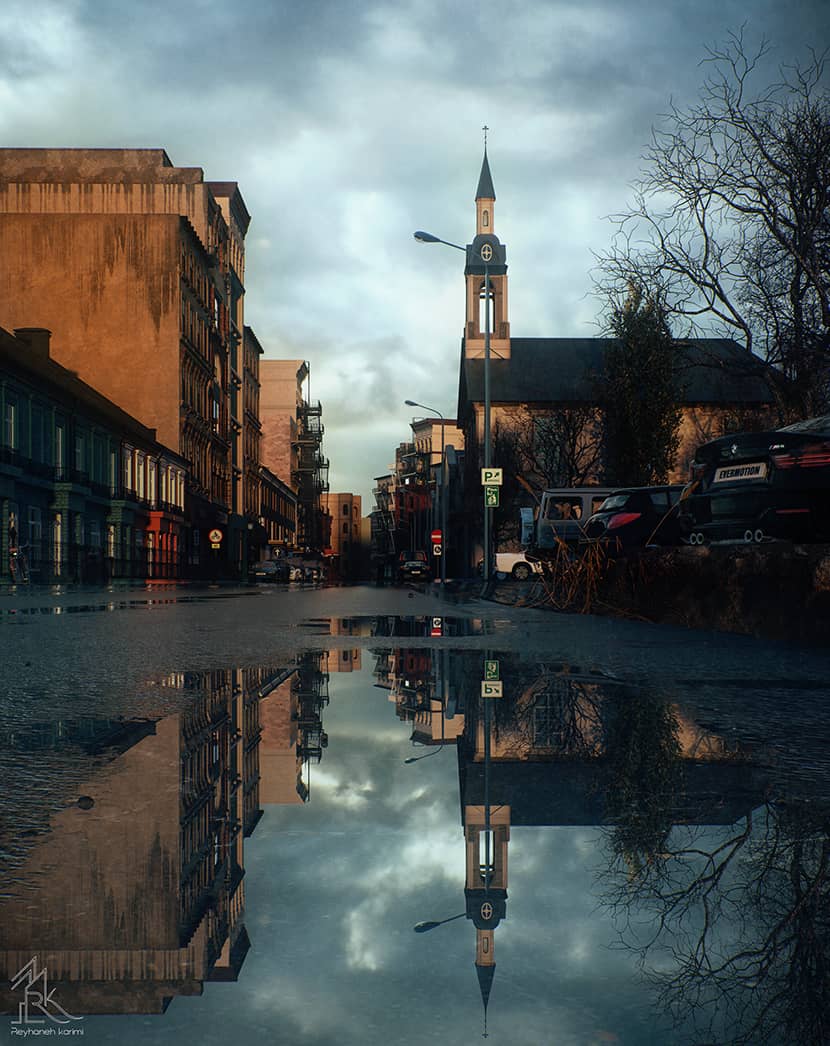
Finally, what's next on your artistic horizon? Are there any exciting projects or goals you're eager to pursue soon?
I'm thrilled about the future and have a couple of exciting projects and goals lined up. Firstly, I'm planning to delve into rendering with Vantage. Its real-time capabilities are something I've been eager to explore, and I believe it will significantly enhance the quality and realism of my work. Additionally, one of my long-term aspirations is to master animation. I find the process of bringing static images to life incredibly fascinating, and I’m eager to learn the intricate details of character movement and storytelling through animation. The combination of advanced rendering techniques and animation skills will open up a new realm of creative possibilities for me.
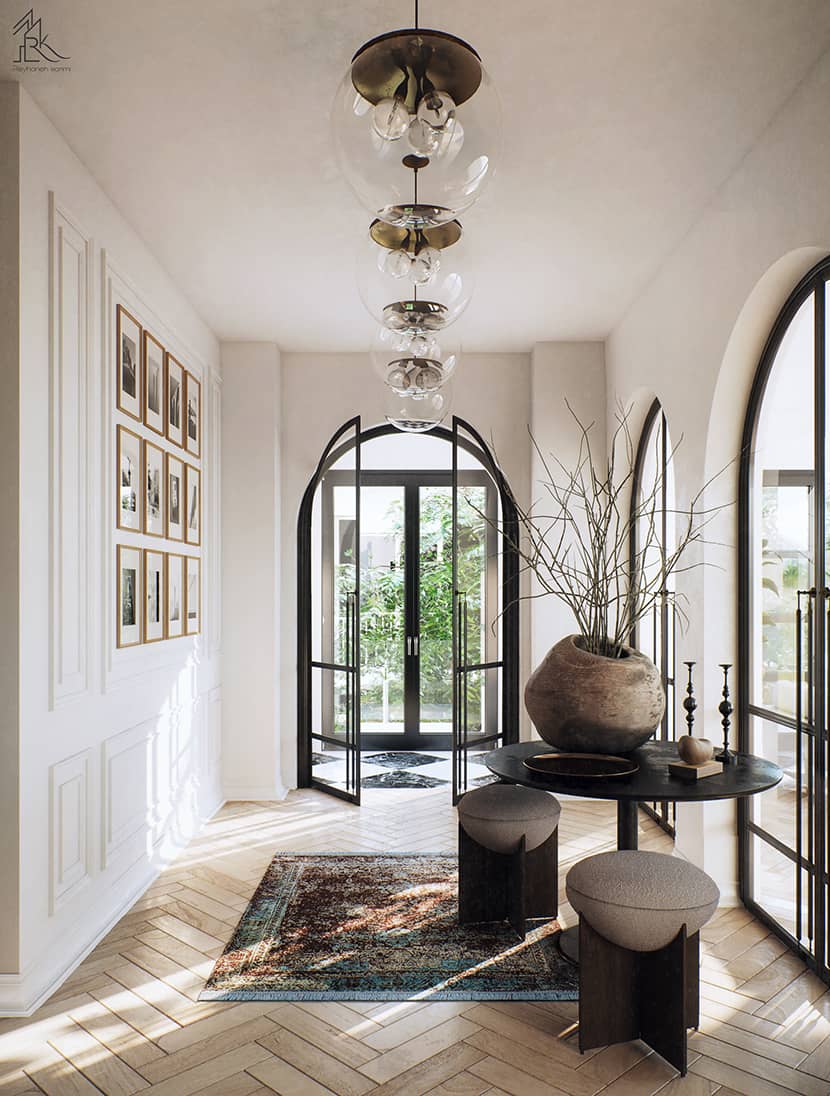
Dear Reyhaneh, Thank you for sharing your insights and expertise with us!
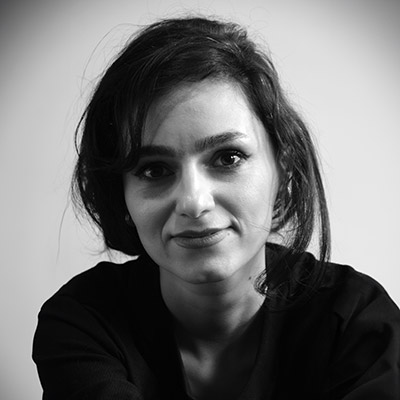
About the artist
Reyhaneh Karimi is an accomplished Architect and 3D Artist renowned for her innovative designs and meticulous attention to detail. With a passion for blending functionality with aesthetic appeal, Reyhaneh has consistently pushed the boundaries of architectural and visual art. Her expertise spans various projects, from residential and commercial buildings to intricate 3D visualizations that bring her visionary concepts to life. Reyhaneh's work is characterized by seamlessly integrating modern design principles with sustainable practices, reflecting her commitment to creating beautiful and environmentally conscious spaces. Through her exceptional talent and dedication, Reyhaneh Karimi continues to contribute significantly to architecture and 3D art, earning her a distinguished reputation among peers and clients.
